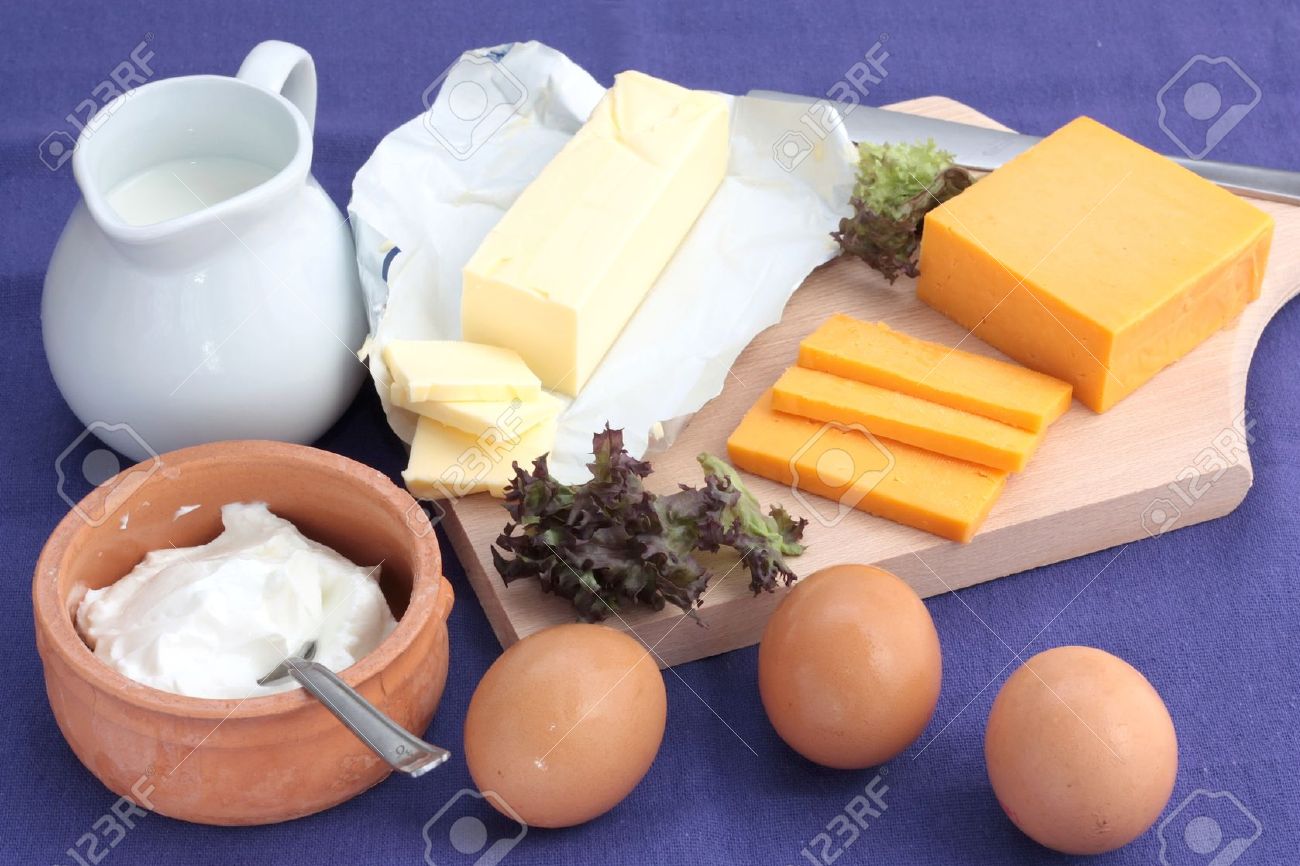- Stakeholders Seek Alliance With Dairy Farmers to Boost Output
With the nation yet to meet a supply gap of 600,000 metric tonnes out of the 1.3 million tonnes demanded in the dairy industry, stakeholders have sought improved alliance with farmers to aid productivity.
According to the stakeholders, such efforts will increase capacity to meet local dairy demand, considering the problems facing the dairy sector in West Africa and challenges in developing a sustainable business model for the industry in the sub-region.
Indeed, European and West African dairy farmers had a two-day multi-stakeholder roundtable conference to discuss new business models with the aim of creating employment and profit for the local dairy farmers in West Africa in Abuja, recently.
The Minister of Agriculture and Rural Development, Audu Ogbeh, represented by, Director, Animal Production and Husbandry Services, Federal Ministry of Agriculture and Rural Development, Dr. Egejuru Eze, while speaking on the theme ‘Milky way to development’ noted that the roundtable is happening at a time the vision of the government of Nigeria is taking a holistic approach to develop the livestock industry especially the dairy sector.
The Minister said “it is heartwarming to note the increased interest and flow of foreign direct investment into the livestock industry from different parts of the world, particularly in dairy productions. Efforts of this nature will increase capacity to meet local dairy demand. Presently the annual national dairy output and demand are estimated at 700,000mt and 1,300,000mt respectively, giving a supply gap of about 600,000mt”.
Speaking at the conference, the Vice Chairman, Arla Foods and co-host of the conference, Jan Toft Noergaard, said, “we believe there are more feats to be achieved, with an alliance like this, I am sure things will happen faster. This conference is set to discuss and offer solution to challenges facing the dairy sector in West Africa and development of the dairy sector to improve the livelihood of farmers” he said.
The Program Coordinator, Care Denmark, Rolf Hernoe explained that the ‘Milky Way to Development’ is an alliance of stakeholders in the dairy industry, including dairy farmers and companies in the West African region, “so far we have one European industrial producer and we are hoping to expand. We see this as the beginning of something bigger, we are currently discussing with ECOWAS to take a more active role in the alliance” he said.
Speaking on the benefits of the alliance to local dairy farmers, Rolf Hernoe said the alliance focuses on avoiding the negative impact of imports of powdered milk into the region and greater focus on involving local farmers in the value chain so that milk will be more available and safer and be processed into higher value products so that everyone will benefit. The alliance will facilitate technology transfer and investment which will definitely be of benefit to local farmers.”
Danish Ambassador to Nigeria, Torben Getterman who is representing the Development Agency of the Danish Government, said “the Danish Government is supporting the idea of the ‘Milky Way’ alliance because of it firm believe in the principle and overarching idea of the alliance. The ‘Milky Way’ alliance is a good example of how cooperation between governments, sectorial organisations, private companies, research institutes and NGOs can result in projects that carry with them benefits on so many levels” he said.
Commissioner, Department of Agriculture, Environment and Water Resources, Economic Community of West African States, Tchambokou Ayassor during his speech said the need for partnership of this nature in West Africa sub-region cannot be overemphasize, saying “a gathering like this is very important for the economic development of agriculture in the sub-region as it will give opportunities for technology transfer, development of cross boarder professional association and formulation of policy framework that will foster a faster development of the dairy sector and agriculture business in West Africa”.

 Forex3 weeks ago
Forex3 weeks ago


 Naira2 weeks ago
Naira2 weeks ago
 Billionaire Watch2 weeks ago
Billionaire Watch2 weeks ago




 Naira2 weeks ago
Naira2 weeks ago




 Naira4 weeks ago
Naira4 weeks ago




 Naira2 weeks ago
Naira2 weeks ago


 Naira7 days ago
Naira7 days ago
 Banking Sector4 weeks ago
Banking Sector4 weeks ago






















